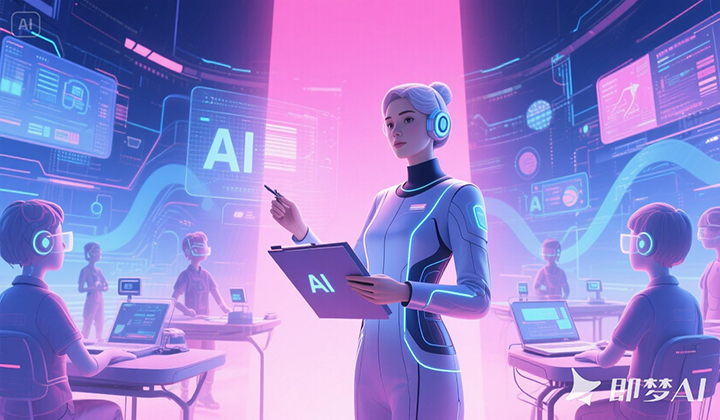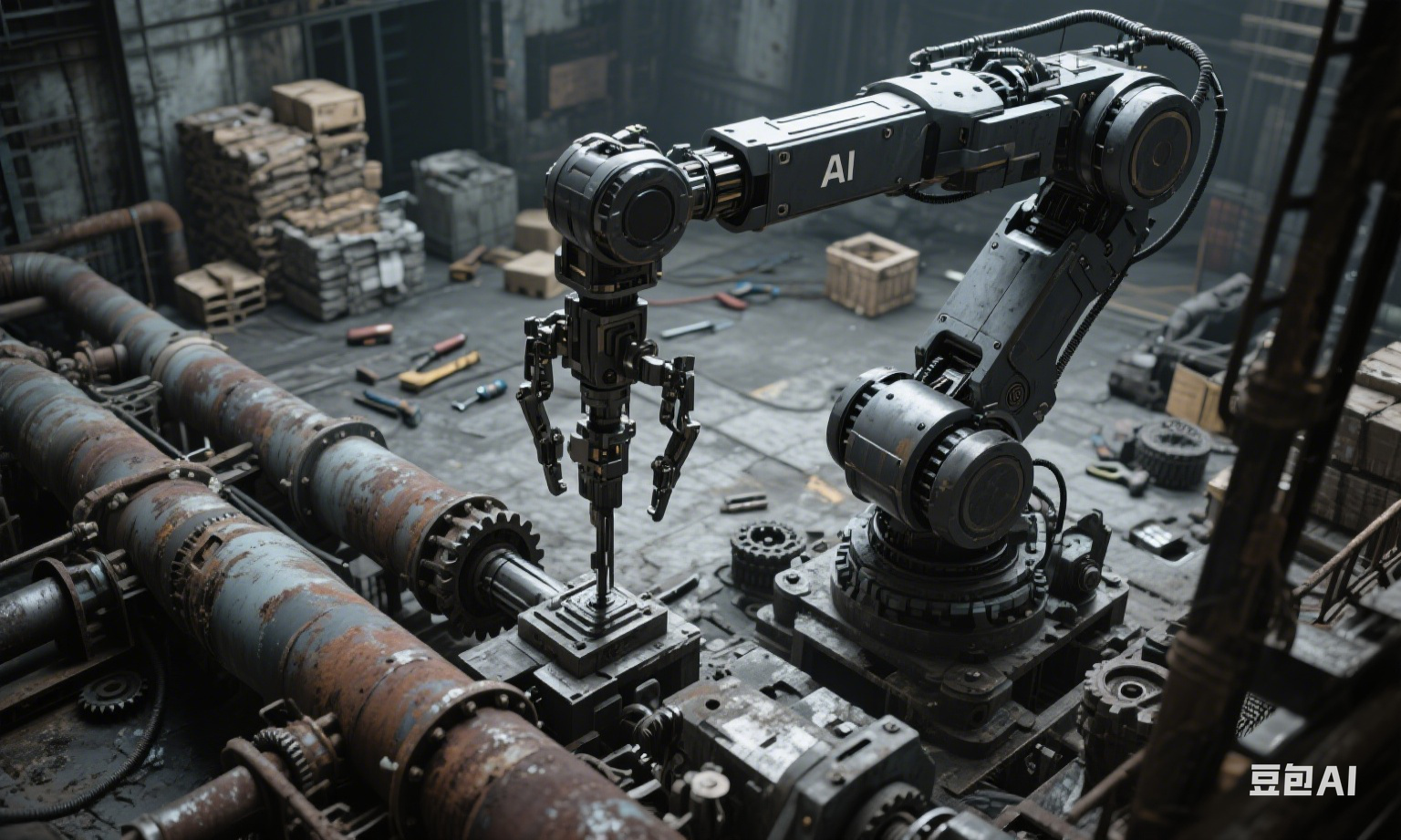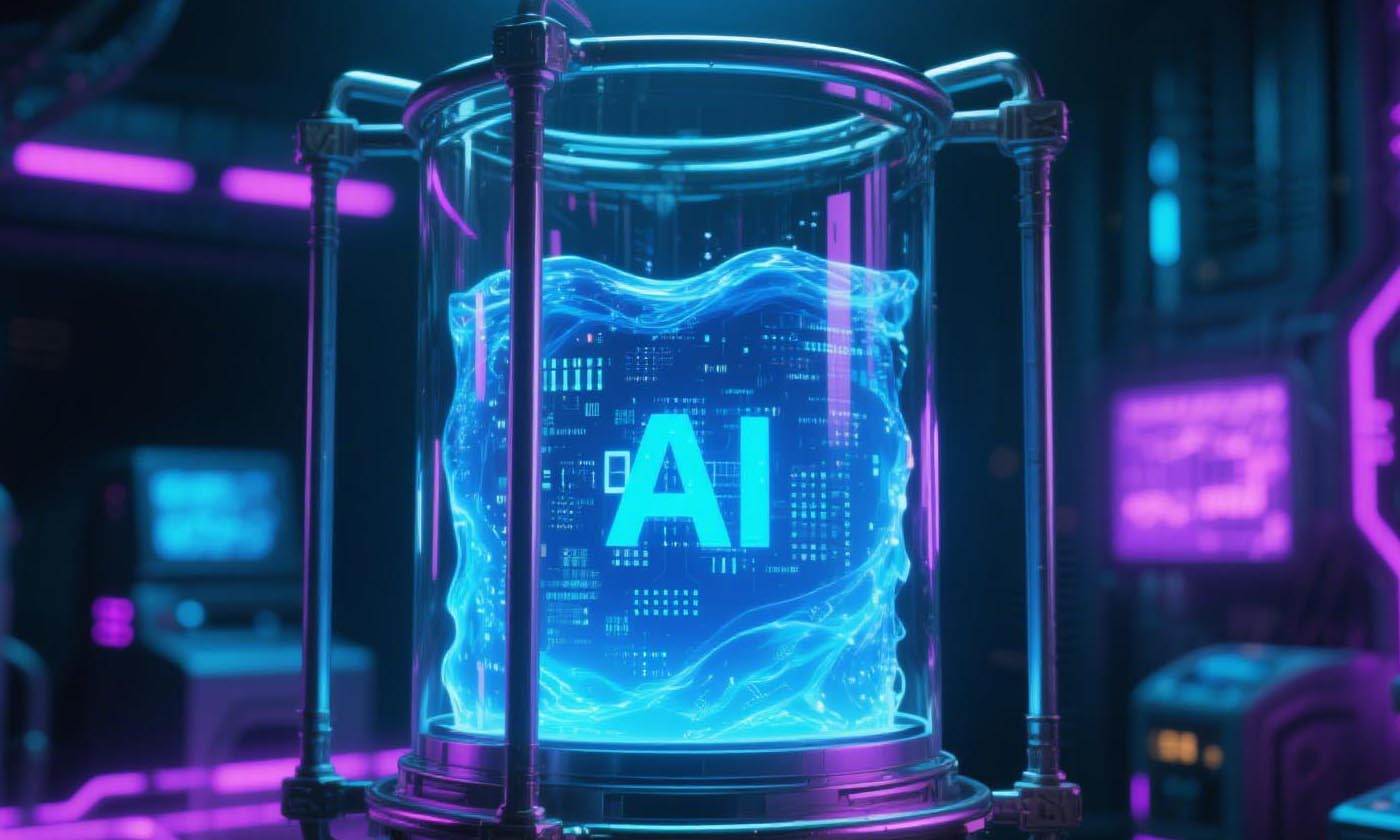AI Agents: Catalyzing Urban Intelligence through Dynamic Ecosystems
When traffic signals adapt in real time to reduce congestion, and waste management systems optimize routes based on disposal patterns—these scenarios mark the evolution of cities from "passive infrastructure" to "intelligent organisms." Aoyuan Cloud Innovation’s Ptalk AI leverages the technical framework of "urban edge computing nodes + real-time coordination algorithms + city-scale collaboration platforms" to transform transportation, public services, and environmental systems into interconnected intelligent networks, creating a new paradigm of "smart cities as adaptive ecosystems."
1. Urban Edge Computing Core: Empowering Cities with Real-Time Intelligence
Traditional smart city solutions suffer from cloud latency and fragmented data. Ptalk AI’s breakthrough lies in deploying "distributed urban brains":
-
Millisecond-Level Edge Nodes: 30mm×50mm urban computing modules integrate 5G+AI dual cores, maintaining 97% data accuracy in high-traffic environments with 200ms end-to-end latency. Installed in traffic lights, waste bins, and utility poles, these nodes process 80% of urban data locally—enabling real-time traffic incident detection and autonomous waste collection route optimization, even during network outages.
-
Dynamic Urban Coordination Algorithm: The spatio-temporal optimization engine analyzes 100+ urban data streams (traffic flow, energy consumption, weather) to generate real-time strategies. In transportation, it reduces peak-hour congestion by 35% through adaptive signal control; in energy, it balances grid loads by 22% via smart meter coordination; in water management, it predicts pipe failures with 92% accuracy using pressure sensor data.
-
Plug-and-Play Urban Upgrades: Universal City 4.0 technology retrofits 90% of legacy infrastructure, allowing cities to transform ordinary lampposts into "intelligent IoT hubs" in 4 weeks, cutting deployment costs by 65%. A major metropolitan area achieved a 40% reduction in traffic accidents and 25% lower energy consumption after implementing the solution.
2. Scenario-Driven Urban Intelligence: From Isolated Systems to Collaborative Ecosystems
AI agents drive transformative intelligence across urban sectors:
-
Intelligent Transportation Networks: Traffic signals upgraded with Ptalk modules become "dynamic traffic coordinators"—real-time video analytics detect pedestrian flows, autonomous vehicles share route data, and emergency vehicles trigger green wave corridors. This reduces average commute times by 28%, with ambulance response times cut by 60%.
-
Smart Public Services: Waste management systems evolve into "self-optimizing loops"—sensors in bins detect fill levels, AI agents autonomously dispatch collection trucks, and route data integrates with traffic systems to avoid congestion. A pilot program saw collection efficiency increase by 55%, with fuel costs dropping 30%.
-
Sustainable Urban Environments: Building energy systems act as "eco-intelligent nodes"—AI agents analyze weather forecasts and occupancy data to adjust heating/cooling, solar panels optimize energy storage based on grid demand, and smart irrigation systems water parks according to soil moisture. This reduces urban carbon footprints by 20% and water usage by 35%.
3. City-Scale AI Ecosystem: From Fragmented Solutions to Holistic Intelligence
Ptalk AI promotes urban evolution from isolated applications to unified ecosystems through open platforms:
-
Zero-Code City Orchestration Platform: CityFlow 3.0 enables drag-and-drop configuration of cross-system workflows—cities can build "flood emergency response networks" or "air quality management systems" in 8 hours, reducing development cycles by 85%. Over 500 cities have deployed 10,000+ intelligent applications.
-
Cross-Domain Data Fusion: A city-wide knowledge graph integrates transportation, energy, and environmental data—traffic congestion data triggers adaptive energy distribution, air pollution alerts optimize public transit routes, and water usage patterns inform urban planning. This improves cross-sector collaboration efficiency by 70%.
-
Urban Intelligence Assurance System: Real-time monitoring detects anomalies like "traffic signal failures" or "water leakage," with AI agents activating contingency plans within 10 seconds. Service level agreements maintain 99.1% system availability and 98% decision accuracy.
Conclusion: The Future of Cities as Living Intelligence
From concrete jungles to adaptive ecosystems; from static infrastructure to dynamic neural networks—Ptalk AI’s practice reveals that urban intelligence emerges from interconnected, autonomous decision-making nodes. When traffic lights, waste bins, and buildings function as intelligent agents collaborating in real time, cities transform from passive constructs into living, breathing organisms.
In the era of smart urbanization, Ptalk AI is enabling cities to evolve into "intelligent ecosystems" through distributed intelligence. This is not just about installing smart devices but about reimagining urban infrastructure as a unified, adaptive intelligence that understands, anticipates, and self-optimizes to enhance quality of life, sustainability, and efficiency. The city of the future will be a symphony of AI agents, each contributing to a harmonious, responsive urban organism.












